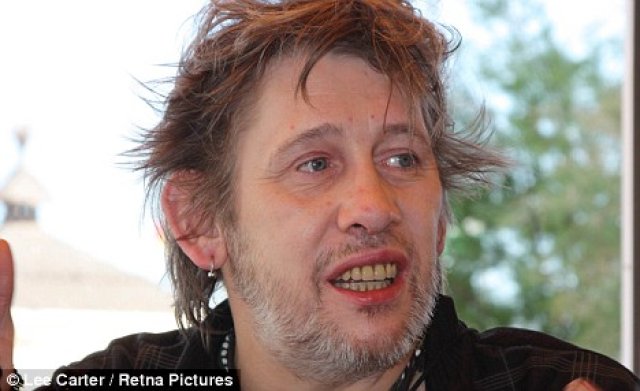
By Miriam Tramer
A unique feature of the Israeli kibbutz has been the totally communal child-care arrangements. These were made possible only by the complete social ownership of all property — even, in the early days, to the extent of personal clothing and effects.
The commitment to the ideal of communal work and ownership extended to communal upbringing of the children. It was strongly believed that the bourgeois family was at the root of individualistic impulses and that communal child rearing would inculcate cooperative ones. There was, however, a strong economic basis: both parents would be freed to work.
Children were brought up in the children's house, living and sleeping and being educated there. They stayed with a "cohort" of their own age group, moving with them as they grew older from each age-graded section of the children's house. Children would spend a couple of hours each evening with their parents in their simple, compact accommodation. Breast feeding mothers would leave their work periodically to feed their infants. The bond with parents was strong, but that with their own age group was almost equally so.
Members of the kibbutz had the job of caring for them, working in shifts around the clock. The carers, unfortunately, were almost always women — sex roles on the kibbutz were resistant to change.
The fate of this unique development in communal child rearing is of interest to all socialists and feminists not only for the raising of more socially oriented and cooperative people but because the transformation of child-care is crucial to the liberation of women for full ,equal participation in society.
Overall in the kibbutz movement, there has been a shift away from full 24-hour child rearing in the children's house. On many kibbutzim, children now live with their parents in their communally provided quarters. However, child-care is still provided for the whole day without charge to the parents.
When I was in Israel, I spoke with Amnon and Margaret, a couple with three children. Their kibbutz had abandoned communal child rearing a few years before.
Amnon is the son of founding members of the kibbutz and was brought up in the traditional children's house. He says he hated
it and more than once ran away to his parents. He did not elaborate on what it was he couldn't stand. Margaret says that it was the generation who had experienced their upbringing in the children's house who "insisted" on having their children at home at nights with them.
While the earlier communal child rearing had a strong basis in economic need, the focus of the kibbutz was on the welfare of the children. As the kibbutz prospered, the children were always the first beneficiaries. Margaret says the first air conditioning and other material improvements were for the children. The shift to individual family units as the basis for residential care meant the considerable expense of adding rooms to all the accommodation (born by the kibbutz as a whole). This is partly responsible for the serious debt problem of the kibbutz.
Margaret works with the babies and says she used to hate it when she started her shift at 6 a.m. and found the babies wet and crying. The system used to be that one person would be on duty at nights and would be in touch with the babies in each room by intercom. It appears that economic considerations were paramount in the care of children.
Margaret believes that both children and parents suffered under the children's house system. She believes that children became too dependent on their carers (who stayed with their "own" group as they grew up). She says that even with the present system, she takes care not to cultivate too close a relationship, so that the relationship with the parents is not disrupted.
Here she expresses the ideology of the "natural" bond between parents and their children. This ideology is very strong, but it is exposed as socially determined because Margaret sees that the bond which is supposed to be so natural needs to be protected from other bonds which might arise with others who have the social task of caring for the children.
It would be important to research the reasons for this shift back to the nuclear family and its impact on the status of women on the kibbutz. It may be that in communal care the material needs of children were emphasised at the expense of their psychological needs.
Discovering the key factors in the failure or success of communal care is essential to ensuring that the needs of children are fully met without women being relegated to a subordinate role.